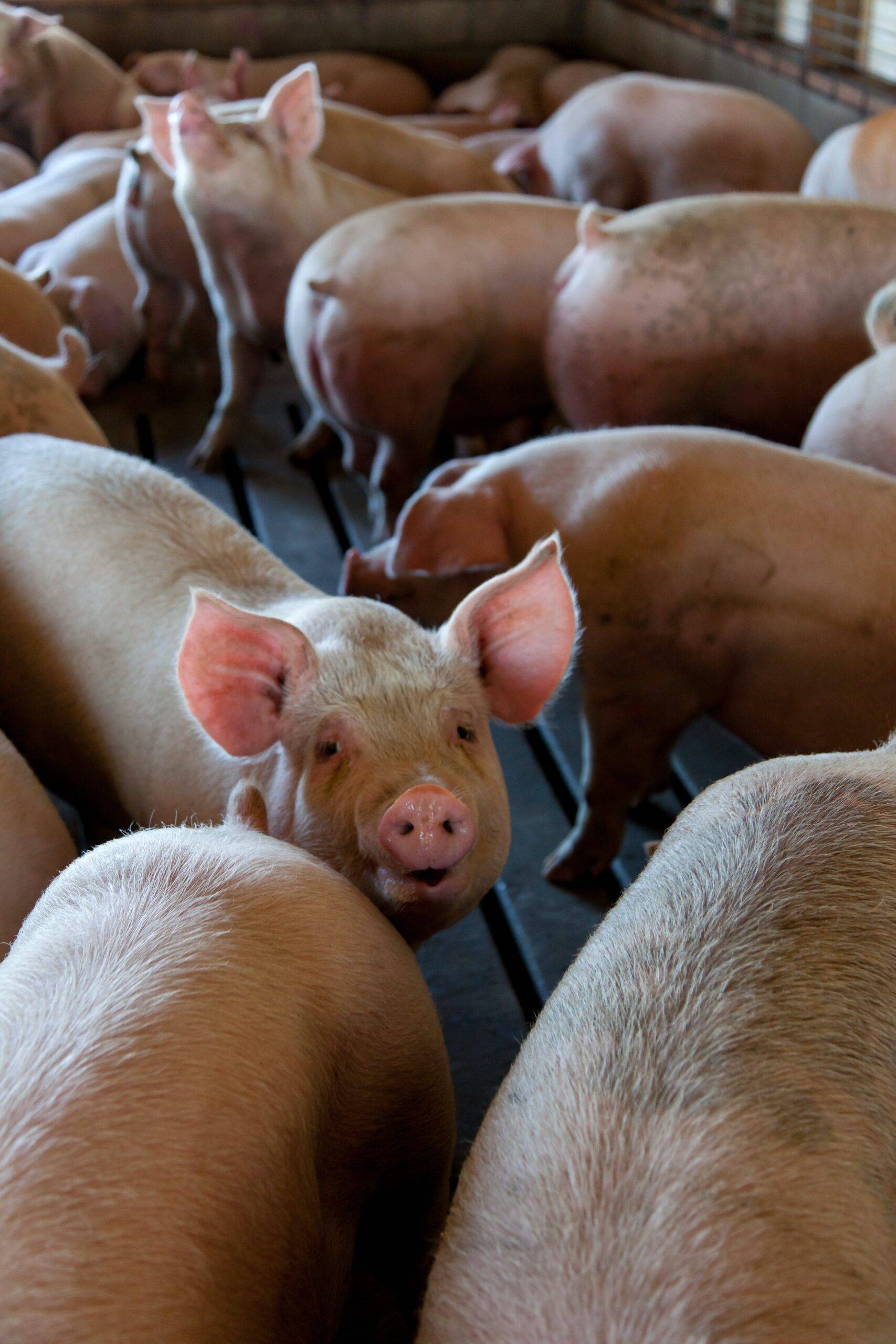The Iconic Status of Cola: A Global Phenomenon
Cola, particularly Coca-Cola and Pepsi, remains the most iconic and best-selling soft drink globally for a variety of reasons. Despite the rise of health-conscious consumers and the influx of new beverage options in the market, cola continues to dominate the industry. In this report, we will explore the factors that contribute to the enduring popularity of cola and why it remains a staple in the lives of millions around the world.
Historical Context and Cultural Significance
A Legacy of Tradition and Innovation
The history of cola dates back to the late 19th century when Coca-Cola was first introduced by pharmacist John Pemberton in Atlanta, Georgia. Since then, cola has become deeply ingrained in popular culture and has maintained its status as a symbol of American heritage. The iconic red and white branding of Coca-Cola, along with its memorable advertising campaigns, has helped solidify its place in the hearts and minds of consumers worldwide.
Global Reach and Cultural Adaptation
One of the key factors that have contributed to the success of cola is its ability to adapt to different cultural preferences and tastes. Both Coca-Cola and Pepsi have developed localized versions of their products to cater to specific markets, such as Coca-Cola Cherry in the United States and Pepsi Max in Europe. This adaptability has allowed cola to appeal to a diverse range of consumers and maintain its global appeal.
Market Dominance and Financial Performance
Industry Leadership and Market Share
Coca-Cola and PepsiCo are the two major players in the cola industry, with Coca-Cola holding the top spot as the world’s best-selling soft drink. According to recent industry data, Coca-Cola controls approximately 42% of the global carbonated soft drink market, while PepsiCo holds around 24% of the market share. This dominance has allowed both companies to maintain their position as industry leaders and drive significant revenue growth.
Financial Data and Performance Metrics
In terms of financial performance, both Coca-Cola and PepsiCo have consistently delivered strong results. Coca-Cola reported revenue of $37.27 billion in 2020, while PepsiCo generated revenue of $70.37 billion in the same year. These figures highlight the robust financial performance of the cola giants and their ability to generate substantial profits despite evolving consumer preferences.
Consumer Preferences and Brand Loyalty
Taste, Refreshment, and Consistency
One of the primary reasons why cola remains the best-selling soft drink globally is its distinct taste and refreshing qualities. The unique flavor profile of cola, which combines sweetness with a hint of acidity, has a universal appeal that resonates with consumers of all ages. Moreover, cola’s consistency in taste and quality has helped build trust and loyalty among consumers, who often choose cola as their go-to beverage option.
Advertising and Branding Strategies
The iconic branding and marketing campaigns of Coca-Cola and Pepsi have played a significant role in shaping consumer perceptions and driving brand loyalty. From the classic “Share a Coke” campaign to the memorable Pepsi commercials featuring celebrities, both companies have leveraged their marketing prowess to create emotional connections with consumers. This emotional resonance, coupled with effective advertising strategies, has helped reinforce the iconic status of cola and maintain its position as a top-selling beverage globally.
Conclusion
In conclusion, cola remains the most iconic and best-selling soft drink globally due to a combination of historical significance, cultural adaptation, market dominance, financial performance, consumer preferences, and brand loyalty. Despite the changing landscape of the beverage industry, cola continues to thrive and maintain its position as a beloved staple in the lives of millions around the world. As Coca-Cola and PepsiCo continue to innovate and evolve, the legacy of cola is likely to endure for generations to come.



